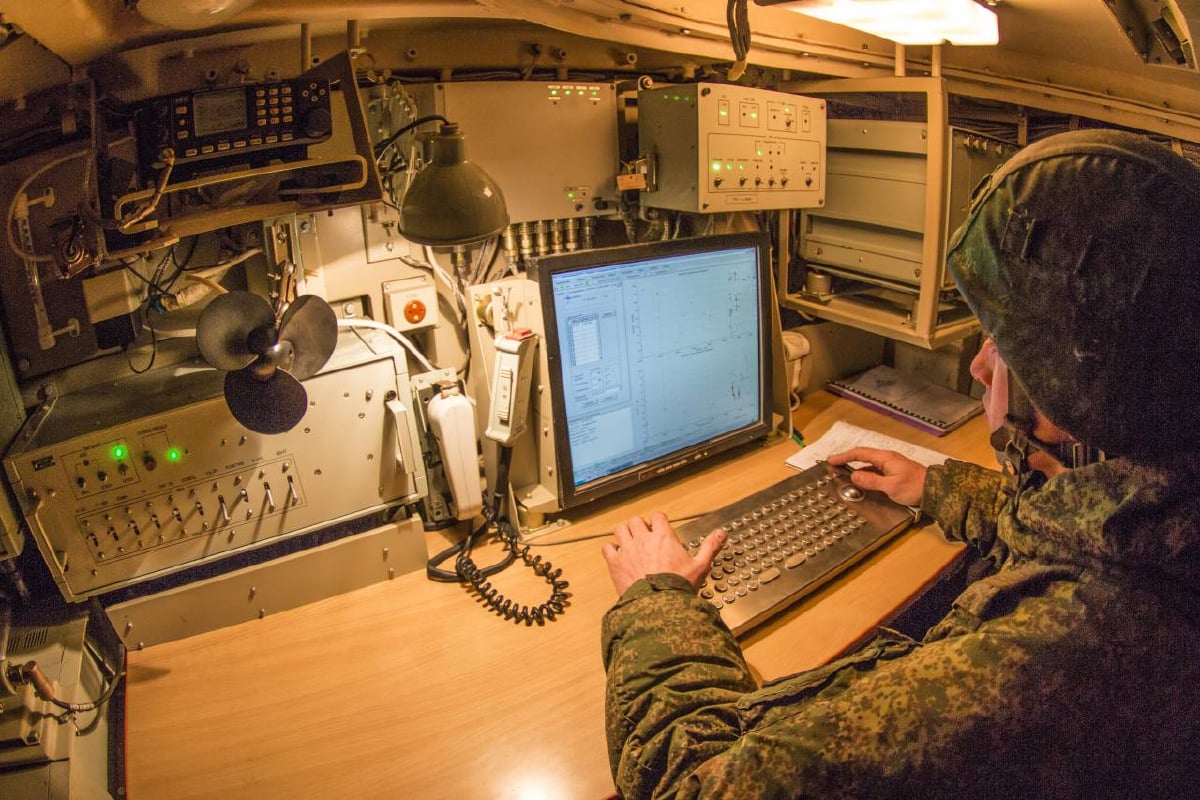Selective Availability: A Bad Memory for GPS Developers and Users
By:
Will Thornton
October 16, 2018
What Selective Availability was,; why it was applied; and how it affected industries that were growing and developing around GPS.
The first GPS I
satellites were launched in 1978, providing unencrypted C/A signals on the L1 frequency and encrypted Precise Positioning Service (PPS) signals at L2 frequency. It was always understood that the L1 C/A signals would be used by civilian developers and end users, whilst the L2 PPS would be restricted to US and approved NATO ally military usage.
However, it was never anticipated that civilian users would be able to achieve an accuracy greater than 100m whilst using the signals broadcast on L1 C/A. With the rapid development in receiver technology in the 1980s this figure quickly came down to about 20m – accurate enough that the US deemed it to be a threat to national security. The theory being that enemies of the US could make use of these highly accurate signals to carry out an attack against the owner of the system. In response to this perceived (and legitimate) threat, the US Department of Defense (DoD) introduced
Selective Availability in March 1990.
A Decade of Error
Selective Availability (SA) involved the deliberate introduction of a pseudo-random error onto GPS L1 C/A signals. This was done by “dithering” the clock – adding noise to the clock’s output to the L1 transmitting antenna. The outcome of this was an error of up to 100m (occasionally more) in any direction from the true position. At the flick of a switch, standard GPS receiver accuracy went from +/- 20m to +/- 100m. L1 C/A could still be used by the military – but only via the use of a Selective Availability Anti-spoofing Module (SAASM) receiver, that was able to remove the error.
Having only recently been turned on, SA was unexpectedly switched off between August 1990 and July 1991 – a period that encompassed the Persian Gulf War. From July 1991, amidst growing pressure from bodies such as civil aviation, SA was turned on constantly until May 2000. As opposed to totally limiting its usefulness, this period probably actually accelerated the development of high-accuracy GPS technology. Developers and users were forced to innovate to negate the impact of the error. Techniques such as differential GPS – using a surveyed location and providing correction messages to nearby equipment – and utilising the carrier phase of the encrypted L2 signals form the basis of the precision techniques used in the present day.
The End of Selective Availability
With regards to SA, the DoD had one last surprise card to play. Whilst many had predicted that it would eventually be switched off, the majority of predictions were for 2006 or later. The more optimistic were hoping for a date in 2004. To the surprise of every outsider, US President Bill Clinton announced on 1st May 2000 that it would be turned off at midnight that same night – and the US has steadfastly remained committed to the principle of never switching it back on. In fact, the new GPS block III satellites will be launched without the facility to implement SA, removing any possibility of a return.
Whilst Selective Availability had its impact dulled somewhat by civilian innovation, it did preclude GPS use in critical civilian functions, and drastically increase the cost for anyone needing a high accuracy solution. It may have also prompted the development of other Global Navigation Satellite Systems (GNSS), such as Europe’s forthcoming Galileo. Most importantly, though – it is no longer a challenge that the GNSS ecosystem faces.
However, the end of Selective Availability was not the end of GNSS error…











